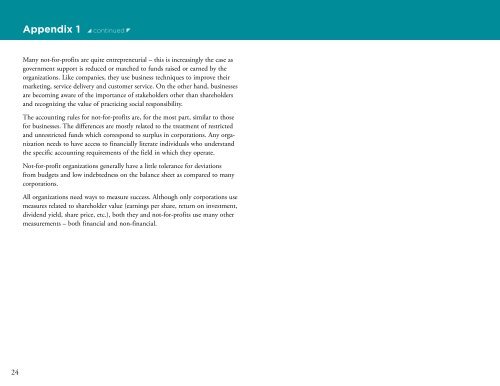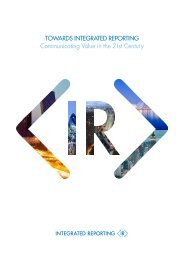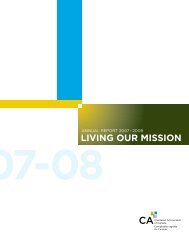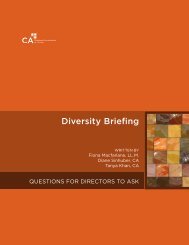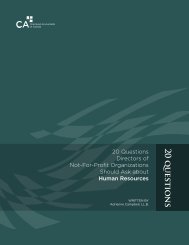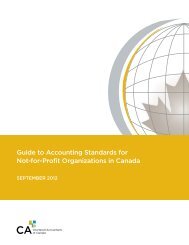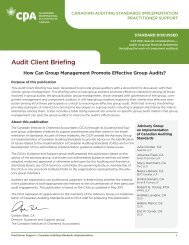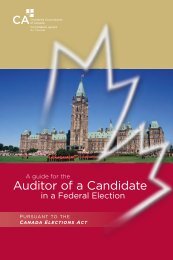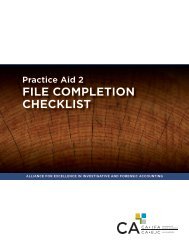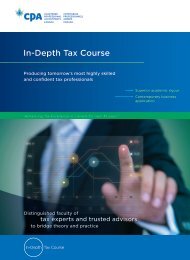20 Questions - Canadian Institute of Chartered Accountants
20 Questions - Canadian Institute of Chartered Accountants
20 Questions - Canadian Institute of Chartered Accountants
Create successful ePaper yourself
Turn your PDF publications into a flip-book with our unique Google optimized e-Paper software.
Appendix 1 y continued zMany not-for-pr<strong>of</strong>its are quite entrepreneurial – this is increasingly the case asgovernment support is reduced or matched to funds raised or earned by theorganizations. Like companies, they use business techniques to improve theirmarketing, service delivery and customer service. On the other hand, businessesare becoming aware <strong>of</strong> the importance <strong>of</strong> stakeholders other than shareholdersand recognizing the value <strong>of</strong> practicing social responsibility.The accounting rules for not-for-pr<strong>of</strong>its are, for the most part, similar to thosefor businesses. The differences are mostly related to the treatment <strong>of</strong> restrictedand unrestricted funds which correspond to surplus in corporations. Any organizationneeds to have access to financially literate individuals who understandthe specific accounting requirements <strong>of</strong> the field in which they operate.Not-for-pr<strong>of</strong>it organizations generally have a little tolerance for deviationsfrom budgets and low indebtedness on the balance sheet as compared to manycorporations.All organizations need ways to measure success. Although only corporations usemeasures related to shareholder value (earnings per share, return on investment,dividend yield, share price, etc.), both they and not-for-pr<strong>of</strong>its use many othermeasurements – both financial and non-financial.24


